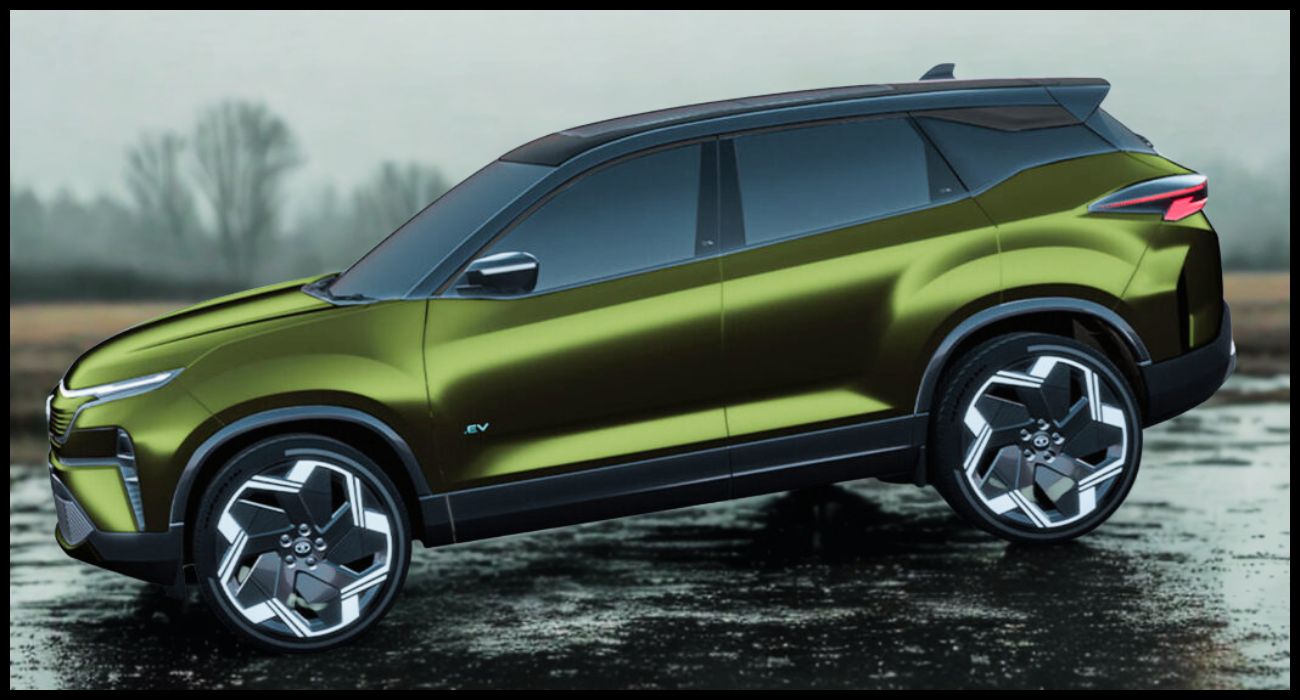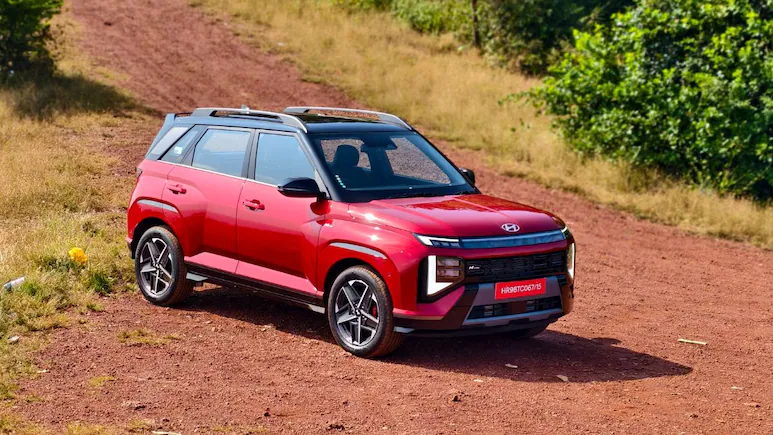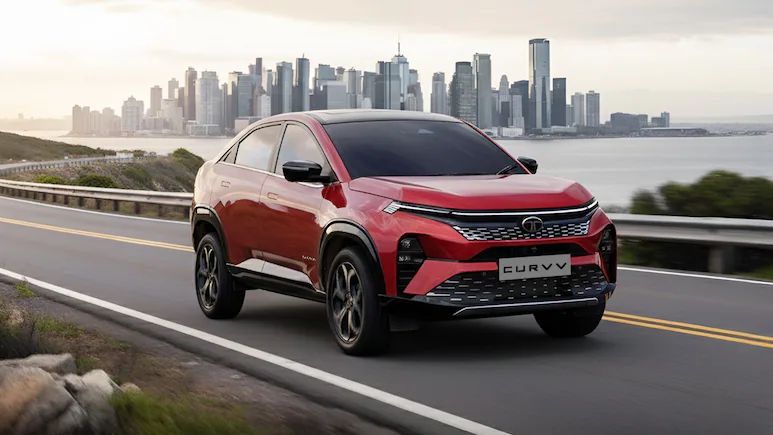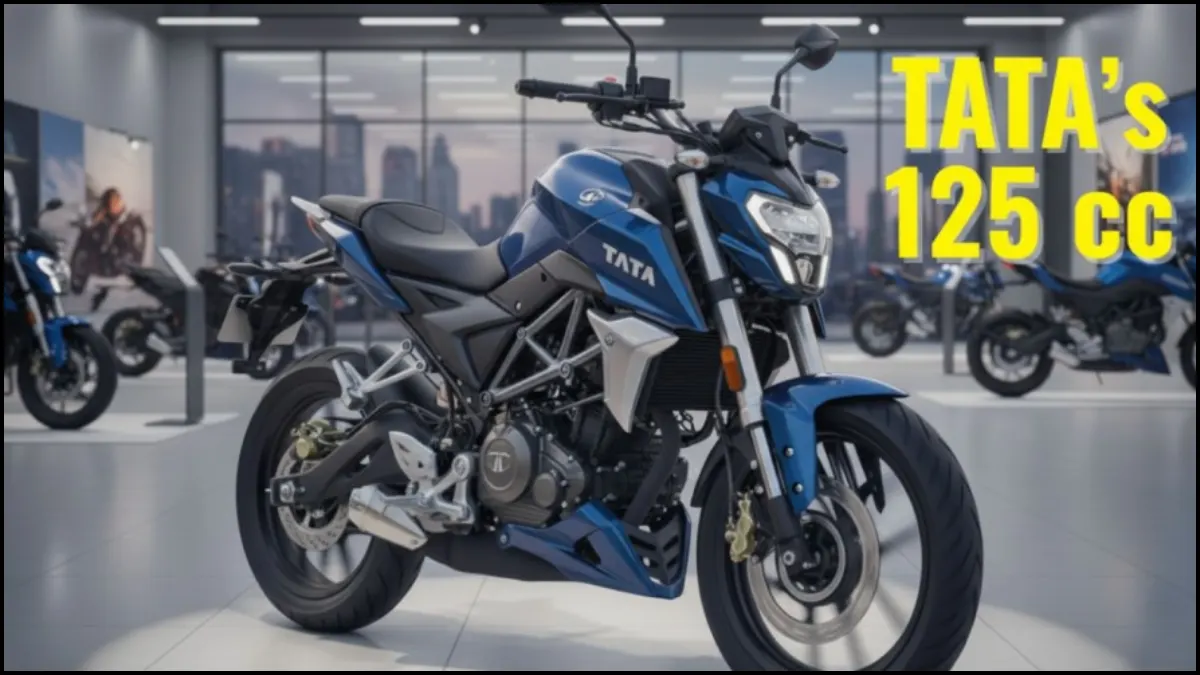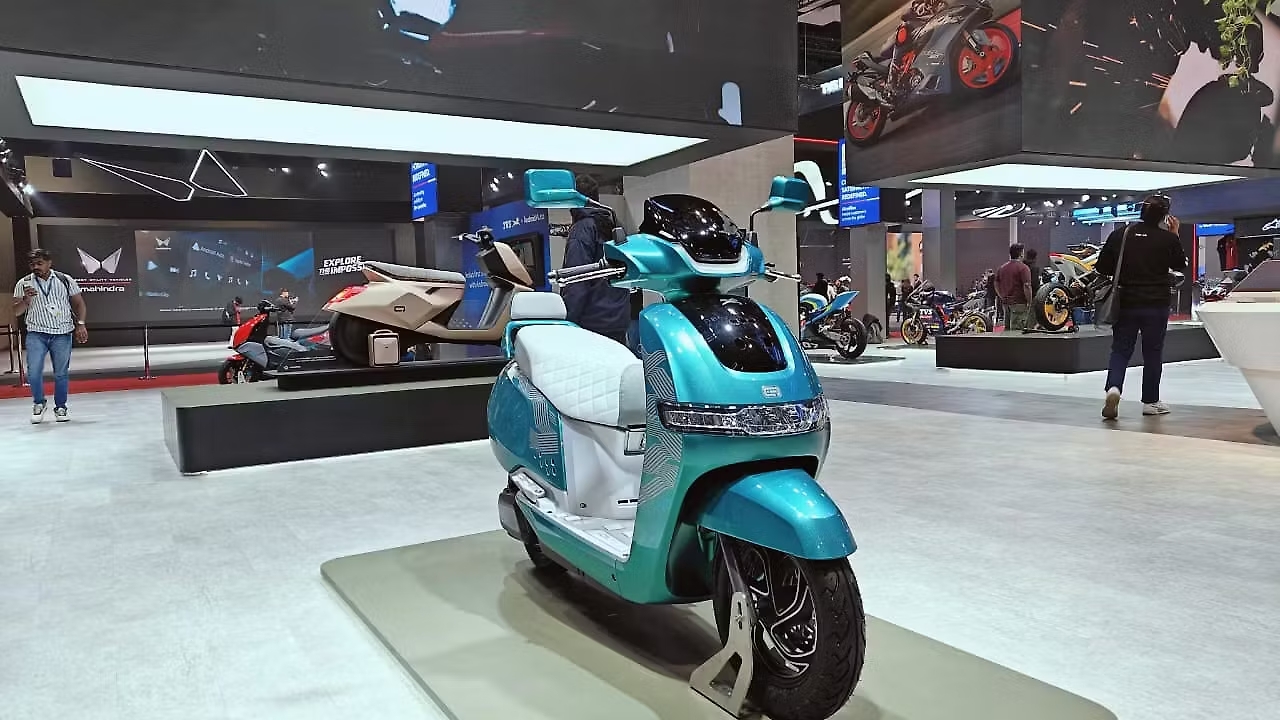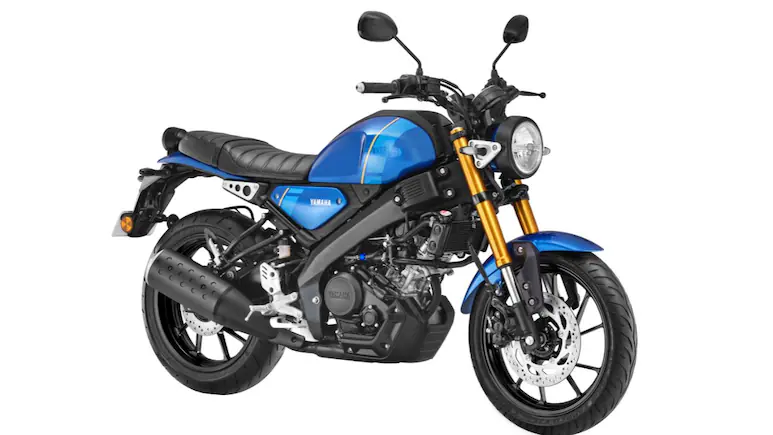Tata Harrier : Launched in 2019, the Tata Harrier has played a pivotal role in Tata Motors’ evolution into a more premium and aspirational brand.
Tata Harrier : Introduced in 2019, the Tata Harrier has been instrumental in Tata Motors’ push toward becoming a premium automotive brand. While the SUV has only received one major facelift since its debut, several minor updates have kept it competitive in the market. Looking ahead, Tata Motors is preparing to roll out three significant updates by 2027, all focused on transforming the Harrier’s drivetrain and expanding its appeal.
1. Harrier.ev – The Electric Revolution Begins
The most significant update will be the launch of the Harrier.ev, the first-ever electric version of the SUV, scheduled for 3 June 2025. Unlike conventional ICE-to-EV conversions, the Harrier.ev is being developed with fundamental architectural changes, including a switch to a rear-wheel-drive (RWD) layout.
Key features of the Harrier.ev:
-
Dual-motor AWD option with 369 hp and 500 Nm of torque.
-
Likely single-motor RWD variant for more budget-conscious buyers.
-
Multi-link rear suspension for improved ride comfort.
-
Two battery options:
-
~60 kWh pack
-
~75 kWh pack (offering up to 500 km of range)
-
These upgrades are expected to not only improve driving dynamics but also establish the Harrier.ev as a strong contender in India’s emerging electric SUV market.
Also read : New Tata Altroz Crash Test Video is out – Is Another 5-Star Safety Rating on the Way?
2. Harrier Petrol – A New Entry Point

Following the Harrier.ev, Tata Motors plans to introduce the Harrier Petrol, a long-awaited addition that will help reduce the model’s starting price and broaden its customer base. The petrol-powered Harrier will be equipped with a new 1.5-litre turbocharged direct injection engine, delivering:
-
168 hp of power
-
280 Nm of torque
Transmission options will include both a 6-speed manual and a 6-speed automatic gearbox. This petrol variant is expected to significantly lower the Harrier’s entry price, which currently begins at ₹14.99 lakh (ex-showroom).
Also read : Tata Motors Achieves Over 42,000 Passenger Vehicle Sales in May 2025
3. Upgraded Diesel Engine – Cleaner and Compliant
By 2027, Tata Motors is also expected to update the Harrier’s existing 2.0-litre diesel engine, originally developed by Fiat Powertrain Technologies. As European emission regulations tighten and ZEV mandates increase, the diesel engine faces obsolescence abroad. However, Tata Motors has secured the license to upgrade the unit in-house.
The goal is to enhance the engine’s efficiency and emissions profile to meet future Indian standards, specifically:
-
BS7 (Bharat Stage 7) norms
-
CAFE-III (Corporate Average Fuel Economy) regulations
This update could extend the diesel variant’s viability in the Indian market while improving environmental compliance.
Final Thoughts :
Tata Motors is strategically positioning the Harrier for long-term relevance with a diverse powertrain portfolioEV, petrol, and diesel. These upcoming changes not only reflect evolving consumer demands but also align with tightening regulatory norms and the shift toward electrification.
Frequently Asked Questions (FAQ) – Tata Harrier Updates by 2027
1. When will the Tata Harrier.ev be launched?
The Tata Harrier.ev, the fully electric variant of the Harrier, is scheduled for launch on 3 June 2025.
2. What are the key differences between the Harrier.ev and the current Harrier model?
Unlike the existing front-wheel-drive (FWD) Harrier, the Harrier.ev will primarily feature a rear-wheel-drive (RWD) layout. It will also include a multi-link rear suspension for enhanced ride comfort and will be available in dual-motor all-wheel-drive (AWD) and likely a single-motor RWD variant.
3. What power and performance can be expected from the Harrier.ev?
The dual-motor AWD variant of the Harrier.ev is expected to deliver 369 horsepower and 500 Nm of torque, offering a high-performance electric SUV experience.
4. What battery options will be available for the Harrier.ev?
Tata Motors plans to offer two battery pack options for the Harrier.ev: one with approximately 60 kWh capacity and a larger pack of about 75 kWh, which is expected to provide a driving range of around 500 km on a single charge.
5. Will there be a petrol version of the Tata Harrier?
Yes, Tata Motors plans to introduce a petrol-powered Harrier variant equipped with a 1.5-litre turbocharged direct injection engine delivering 168 hp and 280 Nm of torque. This variant will help make the Harrier more accessible to a wider audience.
6. What transmission options will the Harrier petrol offer?
The petrol Harrier is expected to come with both 6-speed manual and 6-speed automatic transmission options.
7. Will the diesel engine in the Harrier be updated?
Yes, Tata Motors plans to upgrade the current 2.0-litre diesel engine to meet stricter emission standards such as BS7 and CAFE-III norms, ensuring cleaner and more efficient performance.
8. How will these updates affect the pricing of the Tata Harrier?
The introduction of the petrol variant is expected to lower the entry price of the Harrier, currently priced at ₹14.99 lakh (ex-showroom), making it more competitive in the premium SUV segment.
9. What impact will the multi-link rear suspension have on the Harrier.ev?
The multi-link rear suspension is designed to significantly improve ride quality and handling dynamics, offering greater comfort especially on rough and uneven road surfaces.
10. What is the significance of these updates for Tata Motors?
These product updates reflect Tata Motors’ commitment to expanding its portfolio with cleaner, more efficient, and technologically advanced powertrain options, helping strengthen the Harrier’s position in India’s evolving SUV market.
